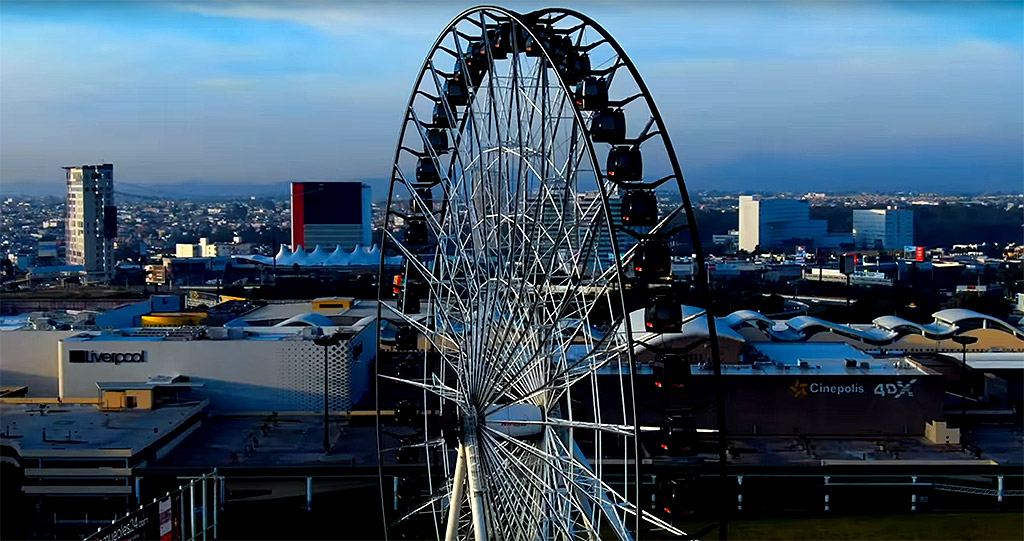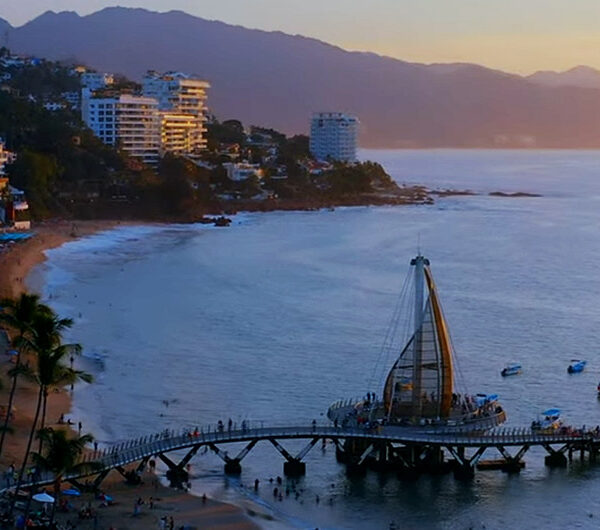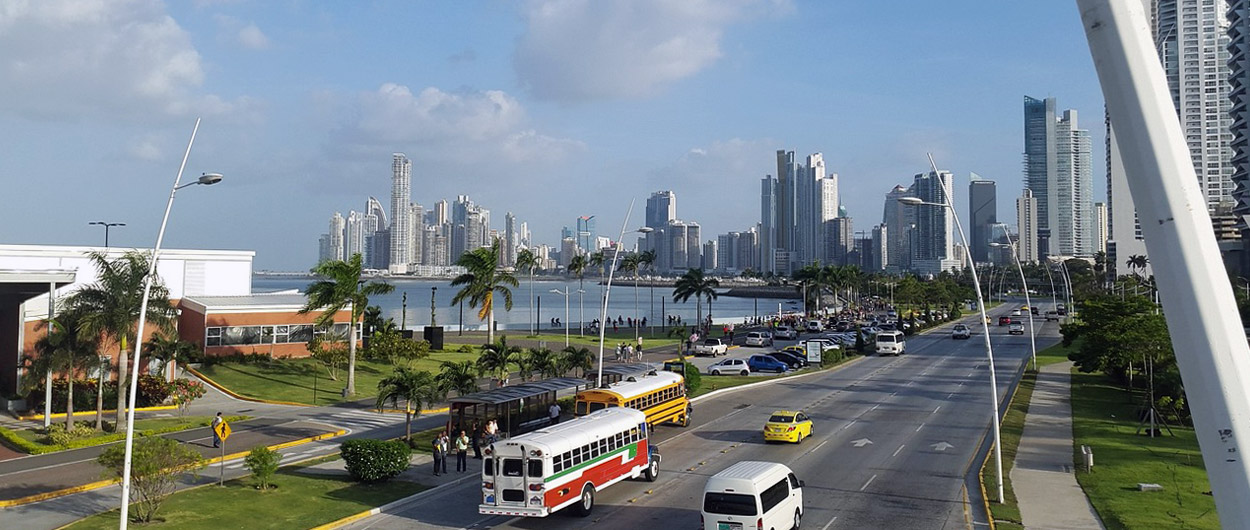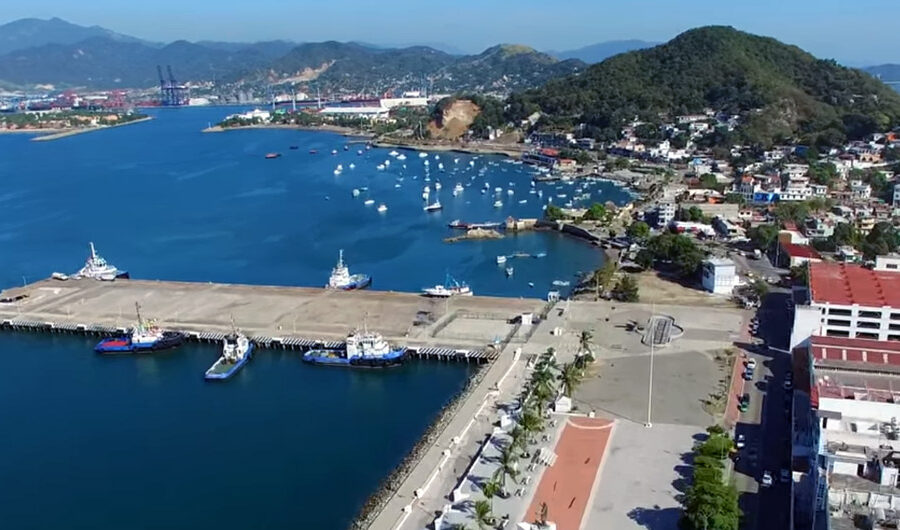1. Puebla is known as “The City of Angels”
While it is not Los Angeles, Puebla also carries the poetic moniker of the “City of Angels”. This distinction originates from its full original name, “Puebla de los Ángeles”.
The city’s founders, Spanish conquistadores, believed they received a celestial endorsement during its establishment. According to legend, while surveying the land in 1531, they were greeted by a breathtaking sight: a golden cross shimmering in the sky, accompanied by heavenly voices.
The conquistadores interpreted this as a divine sign and named the city as a tribute to this celestial encounter.
Today the city’s official name has been changed to “Puebla de Zaragoza”, which leads us to the next fun fact…
2. The city’s official name is “Puebla de Zaragoza”
On September 11, 1862, Mexico’s President Benito Juarez, changed the full official name of the city to “Puebla de Zaragoza” to honor Ignacio Zaragoza, the general that led the battle of Cinco de Mayo (May 5th) to defend the city against the invading French army.
At later dates, the city received even more additional titles from the Mexican congress, and on paper, it is named the “Four Times Heroic City of Puebla of Zaragoza”.
But don’t worry about remembering any of that. People simply refer to it as “Puebla”.
3. Cinco de Mayo has its origins in Puebla
Did you know that Cinco de Mayo holds its roots in Puebla?
On May 5, 1862, a significant clash occurred in the city of Puebla during the French intervention in Mexico. Despite being outnumbered and facing a formidable French army, the Mexican forces, led by General Ignacio Zaragoza, emerged victorious, marking a remarkable triumph against the odds.
Cinco de Mayo, meaning “Fifth of May” in Spanish, symbolizes the Mexican people’s resilience and their determination to defend their sovereignty. While the battle itself did not end the French occupation, it became a symbol of national unity and pride.
Over time, Cinco de Mayo evolved into a celebration of Mexican heritage, culture, and the spirit of resistance. Today, it is celebrated worldwide, wherever there are Mexican people, serving as an opportunity to appreciate and honor Mexican traditions, music, dance, and cuisine. Check out our article on how do Mexicans celebrate Cinco de Mayo? for more information about this fun holiday.
4. Puebla is home to the biggest pyramid in the world
Nestled near the city of Puebla, the Great Pyramid of Cholula stands as a remarkable testament to the ancient civilizations that once thrived in Mesoamerica. This architectural marvel holds the distinction of being the largest pyramid in the world by volume, surpassing even the renowned Egyptian pyramids.
Built by the Olmeca civilization, this pyramid was known as Tlachihualtepetl, which means “handmade”. Archeologists believe it was a sacred site dedicated to the deity Quetzalcoatl. Its construction lasted between 500 and 1,000 years and multiple civilizations dominated the area during that time. Each of them kept adding new layers until it became the huge monument it is today.
Today, only the tip of the Great Pyramid of Cholula remains visible. During the Spanish occupation, catholic priests built churches on top and the rest was naturally covered by vegetation. Excavations keep unveiling new intricate tunnels and fascinating artifacts within its structure even to this day.
5. Puebla’s cuisine is world-renowned
Puebla’s culinary scene is a treasure trove of flavors and gastronomic delights that extend far beyond its famous mole poblano, a delicious thick sauce made of a dried, local variety of peppers and chocolate (usually served on top of chicken or turkey). But while mole poblano is undoubtedly a star of the local cuisine, the city offers a diverse array of culinary treats.
One such delicacy are the chiles en nogada, a dish that showcases the vibrant colors of the Mexican flag. This traditional dish consists of roasted poblano peppers filled with a mix of ground meat, fruits, and spices, topped with a creamy walnut-based sauce, and garnished with pomegranate seeds. Be careful with these tough as they can be spicy.
Another culinary gem of Puebla are cemitas, a type of bread that originated in the region. In other parts of Mexico, they are eaten by themselves, but in Puebla, cemitas are turned into a sandwich that can be packed with all kinds of meats and vegetables.
Puebla is one of the reasons why Mexican food is widely known around the world.

6. It is the home of “Ceramica Talavera”
Puebla holds a cherished artistic tradition in the form of “Ceramica Talavera” (Talavera pottery), renowned for its exquisite craftsmanship, intricate patterns, and vibrant colors. This unique art form traces its roots back to the 16th century when Spanish artisans brought their pottery-making techniques to Mexico.
Talavera pottery showcases a fusion of Spanish and indigenous influences, resulting in a distinct style that has become an integral part of Puebla’s cultural identity. Skilled artisans meticulously handcraft each piece, from plates and bowls to tiles and vases, using traditional methods passed down through generations.
The signature characteristics of Talavera pottery are its vibrant color palette, intricate floral and geometric patterns, and a glossy finish that lends a touch of elegance to each piece. The artists employ natural pigments and mineral glazes, resulting in a stunning visual display that catches the eye and captures the essence of Puebla’s artistic heritage.
Talavera pottery has gained international recognition and is a point of pride for Puebla. It is not only a beautiful decorative art but also a functional one, adding a touch of charm and sophistication to homes, restaurants, and public spaces.
7. The historic center is a UNESCO World Heritage Site
The United Nations Educational, Scientific and Cultural Organization (UNESCO) designates certain cities as World Heritage Sites to recognize their cultural and/or natural significance. Being a World Heritage Site brings numerous benefits. It signifies global recognition of a site’s cultural, historical, or natural importance. It fosters national and international cooperation in the conservation and preservation of the site.
Puebla’s historic center has received this title for its beautiful colonial architecture and historical significance.
The city’s government has been committed throughout centuries to preserving the architecture and “feel” of the area. There are cities in Mexico where it feels like you have been transported to colonial times and Puebla’s downtown is one of them. The preservation efforts are truly remarkable.
8. Your car might come from Puebla
Puebla is known for being an industrial powerhouse, especially when it comes to car manufacturing. It is home to the largest Volkswagen factory in the world. Other manufacturers like Audi also assemble their cars in the city.
The presence of all these car manufacturers, as well as other industries, has boosted Puebla’s economy, making the city the fourth largest in Mexico only after the three main cities in the country (Mexico City, Monterrey, and Guadalajara).
9. Puebla has underground tunnels that you can visit
An extensive network of underground tunnels, known as Los Secretos de Puebla (The Secrets of Puebla), lies hidden beneath the city’s surface. Originally constructed for drainage purposes, these tunnels now offer a unique and intriguing experience for visitors.
Today, guided tours take visitors on a captivating journey through this underground labyrinth. As you venture through dimly lit passages, you’ll learn about the history and significance of these tunnels, marvel at their engineering feats, and uncover the secrets they hold.
10. The oldest park in the Americas
Puebla proudly claims the distinction of being home to the oldest public park in the Americas, Parque de los Sapos. This charming park holds a remarkable history, with its origins dating all the way back to 1592.
Parque de los Sapos has been a beloved gathering place for locals and visitors alike for centuries. Its name, meaning “Toads Park,” comes from the abundance of stone toad sculptures that adorn the park’s pathways and fountains, adding a whimsical touch to its atmosphere.
The park’s layout follows a traditional design, featuring elegant benches, walkways, and a central fountain that serves as a focal point for relaxation and socialization.





